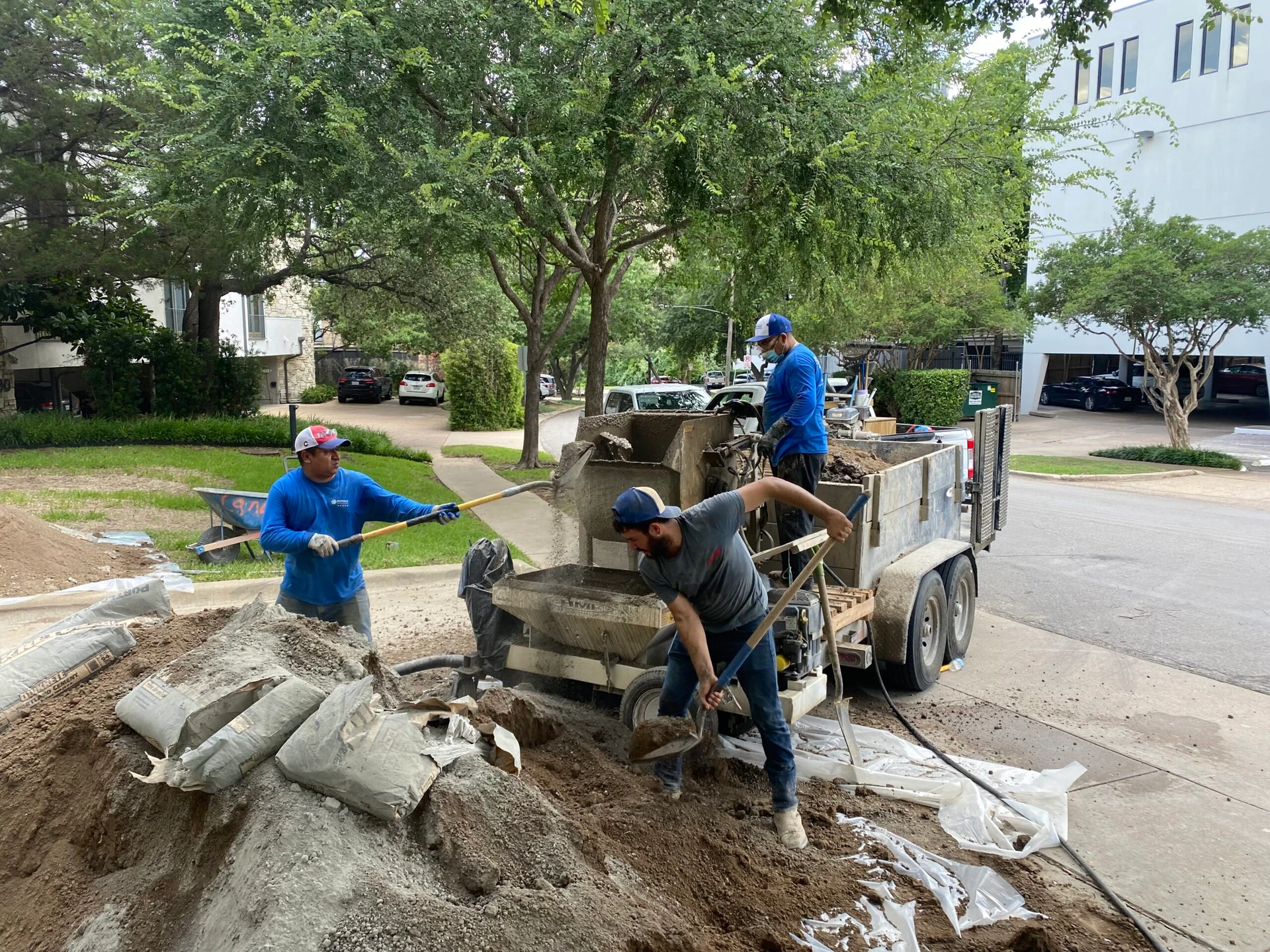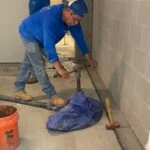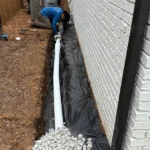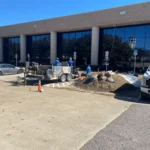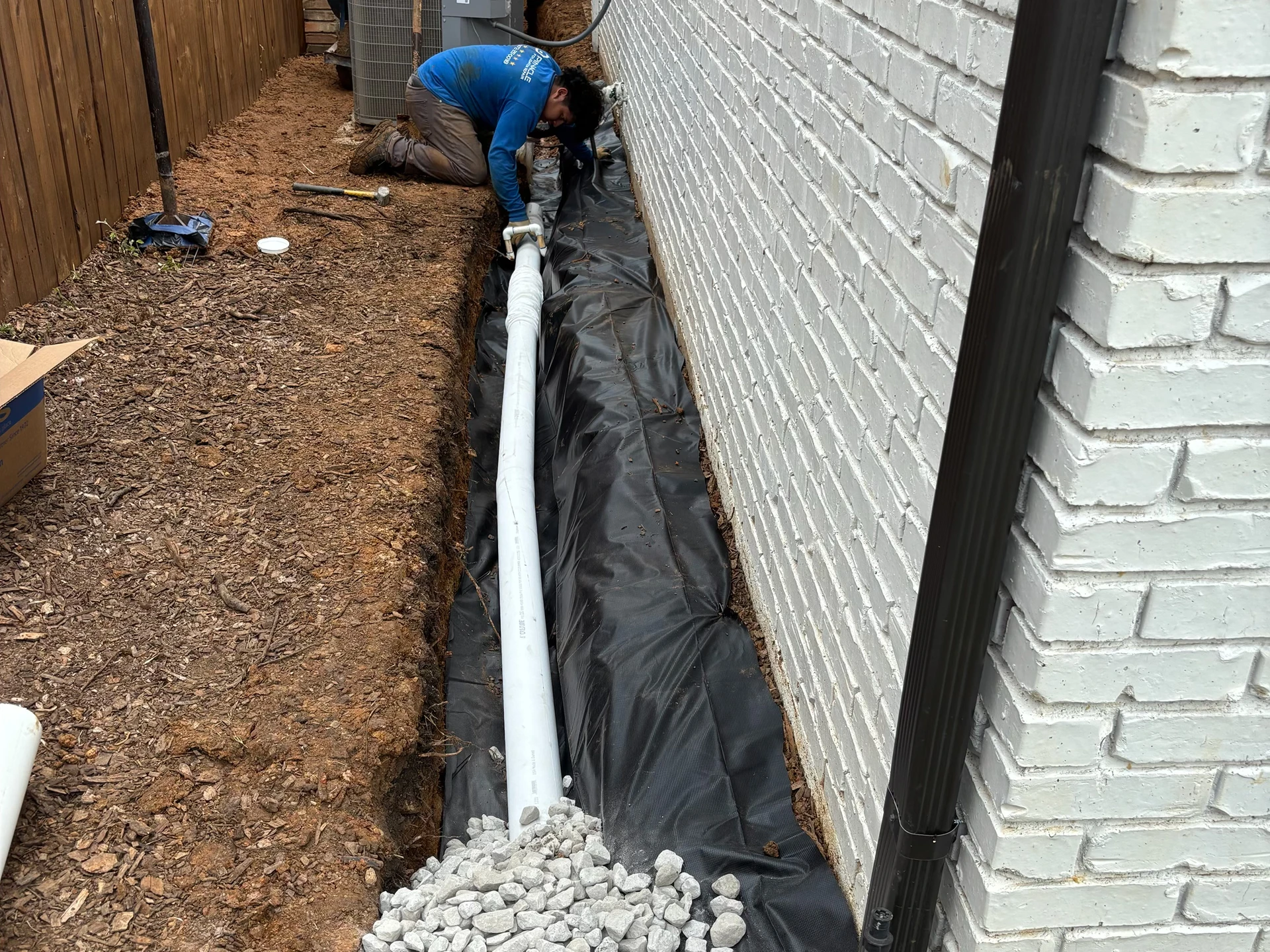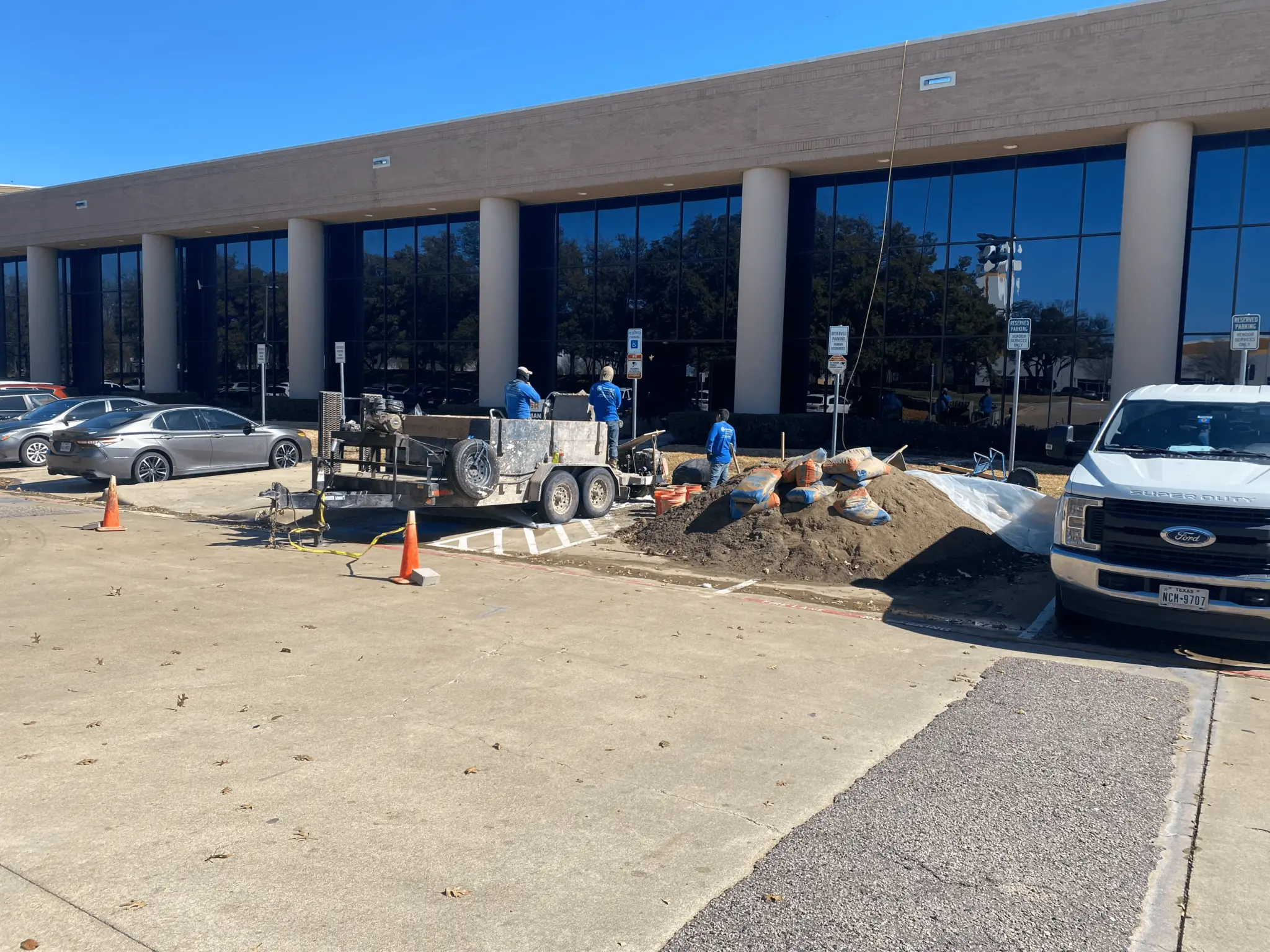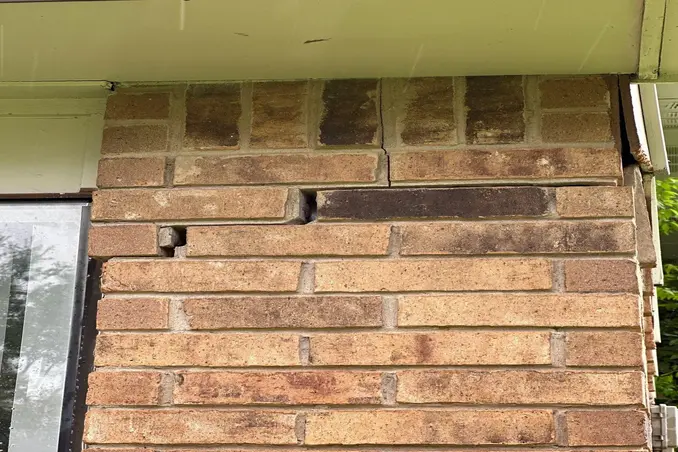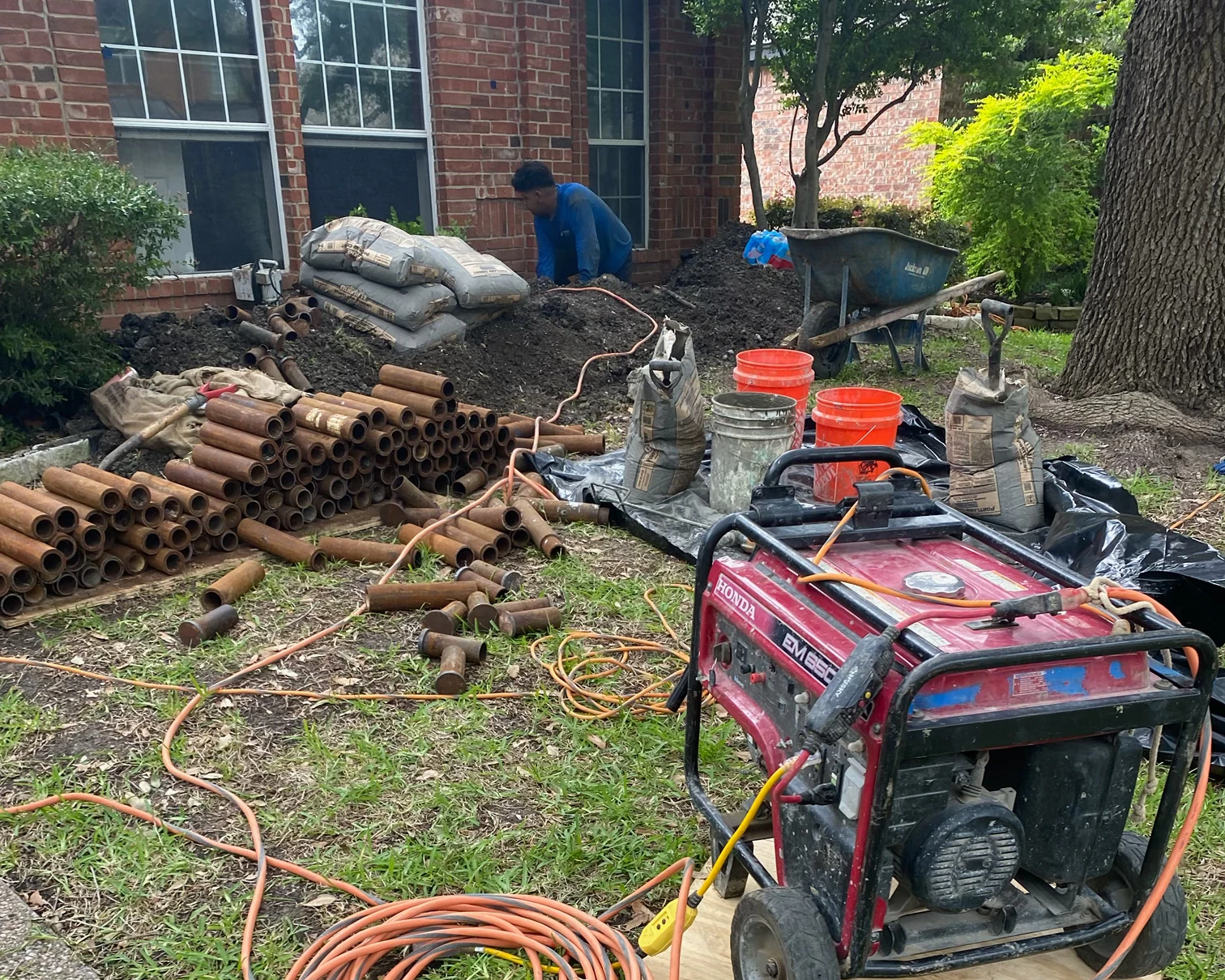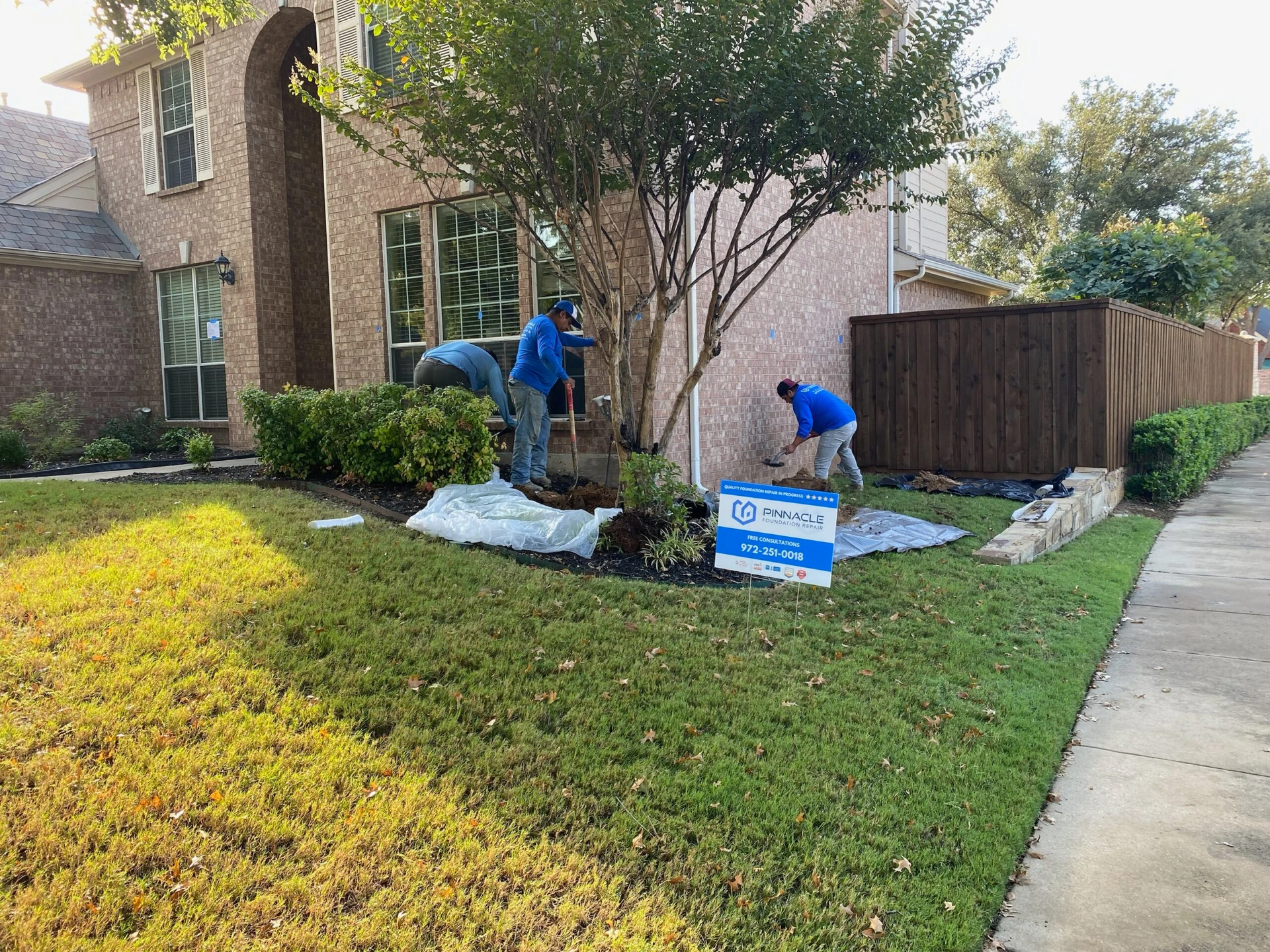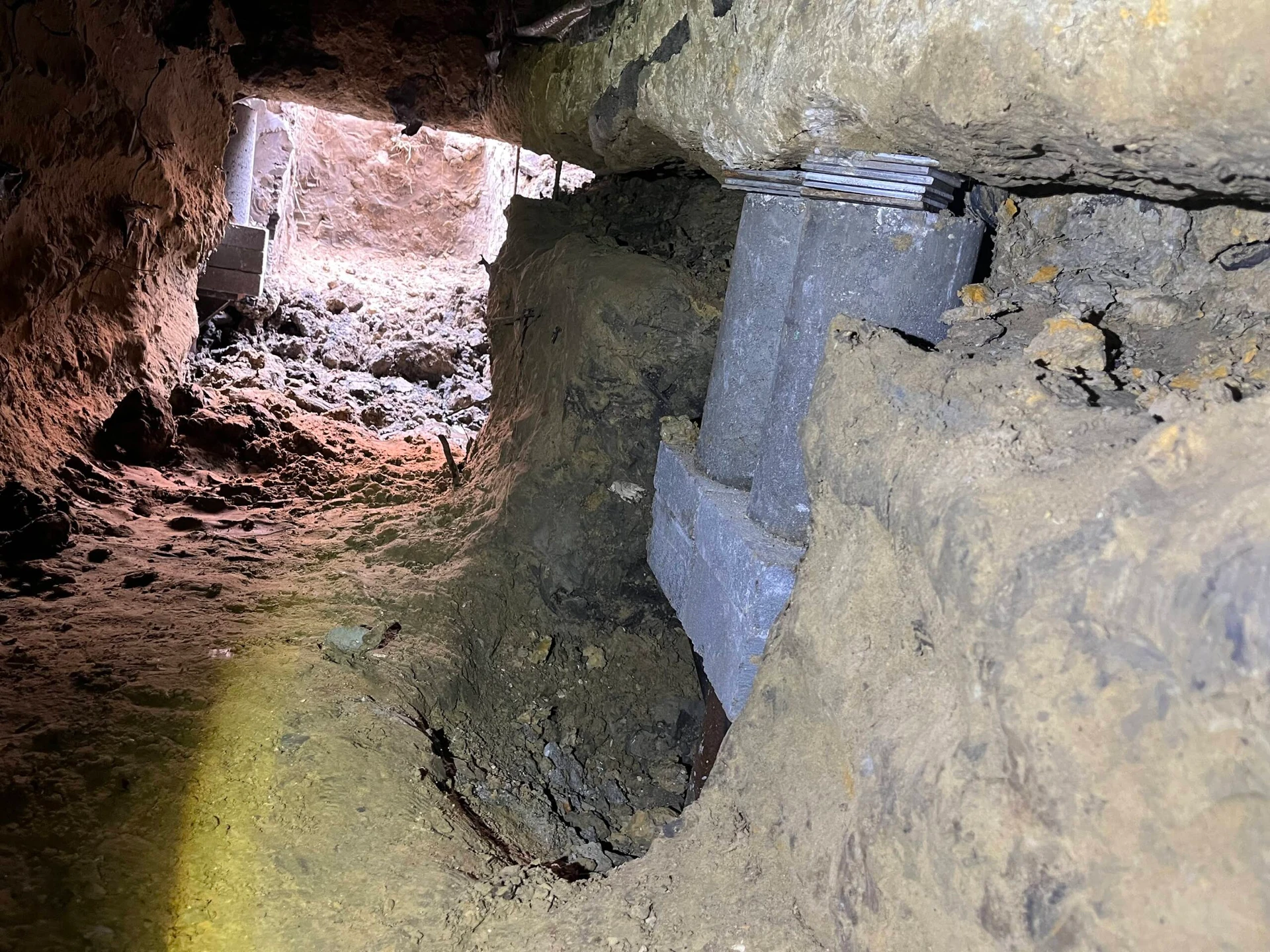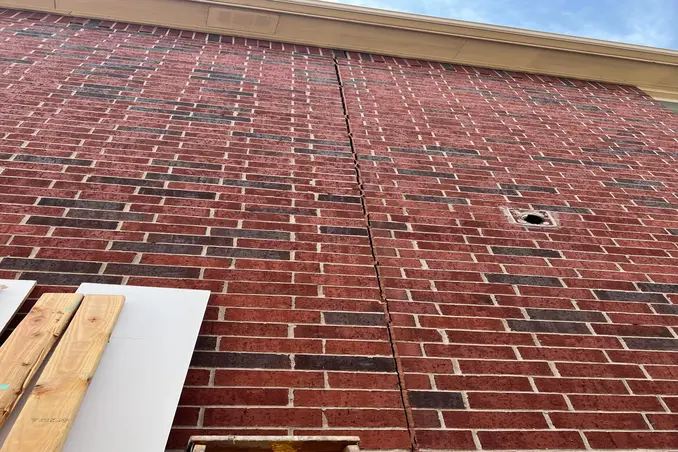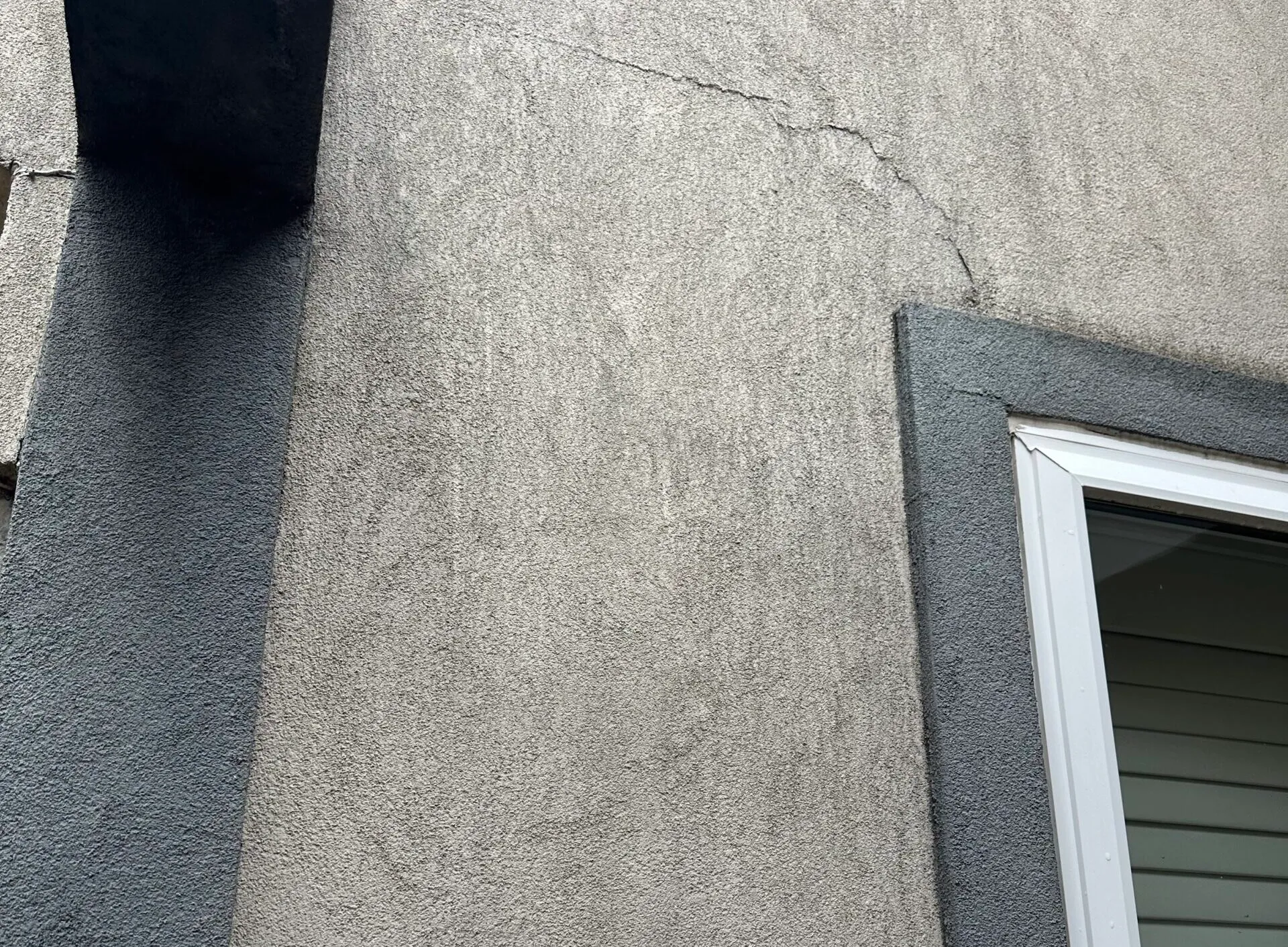Is your driveway or patio looking a little uneven? Maybe you’ve noticed water pooling in certain areas, or you’ve tripped over a sunken slab one too many times. You’re not alone – many Texas homeowners deal with sinking concrete due to the region’s soil conditions. But don’t worry, there’s a quick solution for this common problem: mud jacking!
This simple process can quickly restore the concrete to its original level, making it a great option for driveways, patios, sidewalks, and even some minor foundation issues.
At Pinnacle Foundation Repair, we’ve been providing foundation repair solutions for three generations, and our radically honest approach ensures you get the best possible service. With over 1,600 5-star reviews, we know how to keep homes safe and stable. Mud jacking is just one of the many ways we help. Let’s dive deeper into what mud jacking is, how it works, and why it might be the best solution for your uneven concrete issues.
What Is Mud Jacking?
Mud jacking (also called slab jacking or concrete lifting), is a process designed to fix uneven or sunken concrete slabs. Whether it’s your driveway, sidewalk, patio, or garage floor, this method works by injecting a slurry mixture beneath the concrete to raise it back to its original position. It’s a cost-effective, non-invasive alternative to completely replacing the slab, making it a popular choice among homeowners dealing with sunken concrete.
This method has been around for decades and has become a go-to fix for homeowners dealing with sinking concrete surfaces around their homes. If you’re tired of tripping over uneven walkways or dealing with pooling water after a rainstorm, mud jacking might be just what you need to restore your property’s appeal.
The Mud Jacking Process: What to Expect
At Pinnacle Foundation Repair, we make the mud jacking process as seamless as possible for you. Here’s what you can expect when you choose us:
- Initial Assessment: We’ll inspect the affected area to determine the cause of the sinking and whether mud jacking is the right solution.
- Drilling Holes: We’ll drill small holes (around 2 inches in diameter) into the concrete to create access points.
- Injecting the Slurry: Next, our team will pump a thick mixture of water, sand, and cement (called slurry) through the holes beneath the slab. As the slurry fills the void, it exerts pressure and slowly lifts the concrete back to its original level.
- Patching: Once the slab is level, we patch the holes with fresh concrete, leaving your surface ready for use.
- Final Inspection: After the job is complete, we’ll double-check everything to make sure the slab is stable and safe.
Most mud jacking projects are fast and minimally invasive, with most jobs being completed by our team within just a few hours. And the best part? There’s no need for a lengthy curing process like you’d experience with a slab replacement, so you can get back to your normal routine quickly. In most cases the surface is ready for use within 24 hours!

Why Does Concrete Sink in the First Place?
In Texas, soil conditions are one of the primary culprits behind sinking concrete. Our state’s clay-heavy soils expand when wet and shrink when dry, causing the ground to shift and concrete slabs to settle unevenly. Other factors like poor soil compaction during construction, water erosion, or tree roots growing beneath your slab can also lead to sinking.
When concrete settles unevenly, it can create unsightly cracks and pose a safety risk. Water can also pool in sunken areas, leading to even more problems down the line. Mud jacking addresses these issues by stabilizing the slab and eliminating dangerous tripping hazards.
Why Choose Mud Jacking?
Mud jacking is one of the most cost-effective ways to fix uneven concrete surfaces, and it’s easy to see why so many homeowners choose it over traditional slab replacement or other methods. Here’s why it might be the perfect solution for you:
1. Cost-Effective
Compared to replacing a concrete slab – which could cost thousands of dollars – mud jacking offers a budget-friendly alternative. For instance, a typical mud jacking job for a driveway or patio might cost around $1,500, whereas replacing that same slab could be double or even triple the price. Since you’re simply lifting the existing slab, you save on material and labor costs.
2. Eco-Friendly
Instead of tearing out and disposing of old concrete, mud jacking reuses existing materials, reducing waste. This makes it a greener option that minimizes the environmental impact of repairs. If that’s not enough, the slurry used in mud jacking is made from natural materials, making it an environmentally friendly option.
3. Quick and Convenient
You won’t have to deal with the noise, dust, or long waiting periods associated with concrete replacement. Mud jacking can often be completed in just a few hours, and your slab will be ready for use in as little as 24 hours after the process.
4. Minimal Disruption
Mud jacking is less intrusive than alternatives like slab replacement or polyjacking. There’s no need for heavy machinery, and the process doesn’t disturb your landscaping. It’s a clean and efficient process that won’t turn your yard into a construction zone.

How to Know if Mud Jacking is Right for You
While mud jacking works wonders for many situations, it’s important to know if your specific concrete issue qualifies for this type of repair. Here’s some tips to know if mud jacking is ideal for you:
- Your concrete is in good shape but uneven: Mud jacking works best when the slab is intact but has sunk due to soil issues. It won’t fix slabs that are severely cracked or crumbling.
- You’re looking to fix trip hazards or pooling water: Uneven surfaces can be dangerous, and mud jacking can restore the concrete’s level to eliminate tripping risks or solve drainage problems around your home.
- You want a long-lasting fix: If done correctly, mud jacking can last for the life of your concrete slab – typically a few decades! Of course, proper maintenance of the slab and soil is key to ensuring its longevity.
On the other hand, mud jacking may not be your best option if:
- You need precision lifting for delicate areas: For example, around pool decks or high-end finishes, mud jacking’s higher pressure could cause issues.
- You want the smallest possible drill holes: Mud jacking requires slightly larger holes (around 2 inches) compared to newer methods like foam jacking.
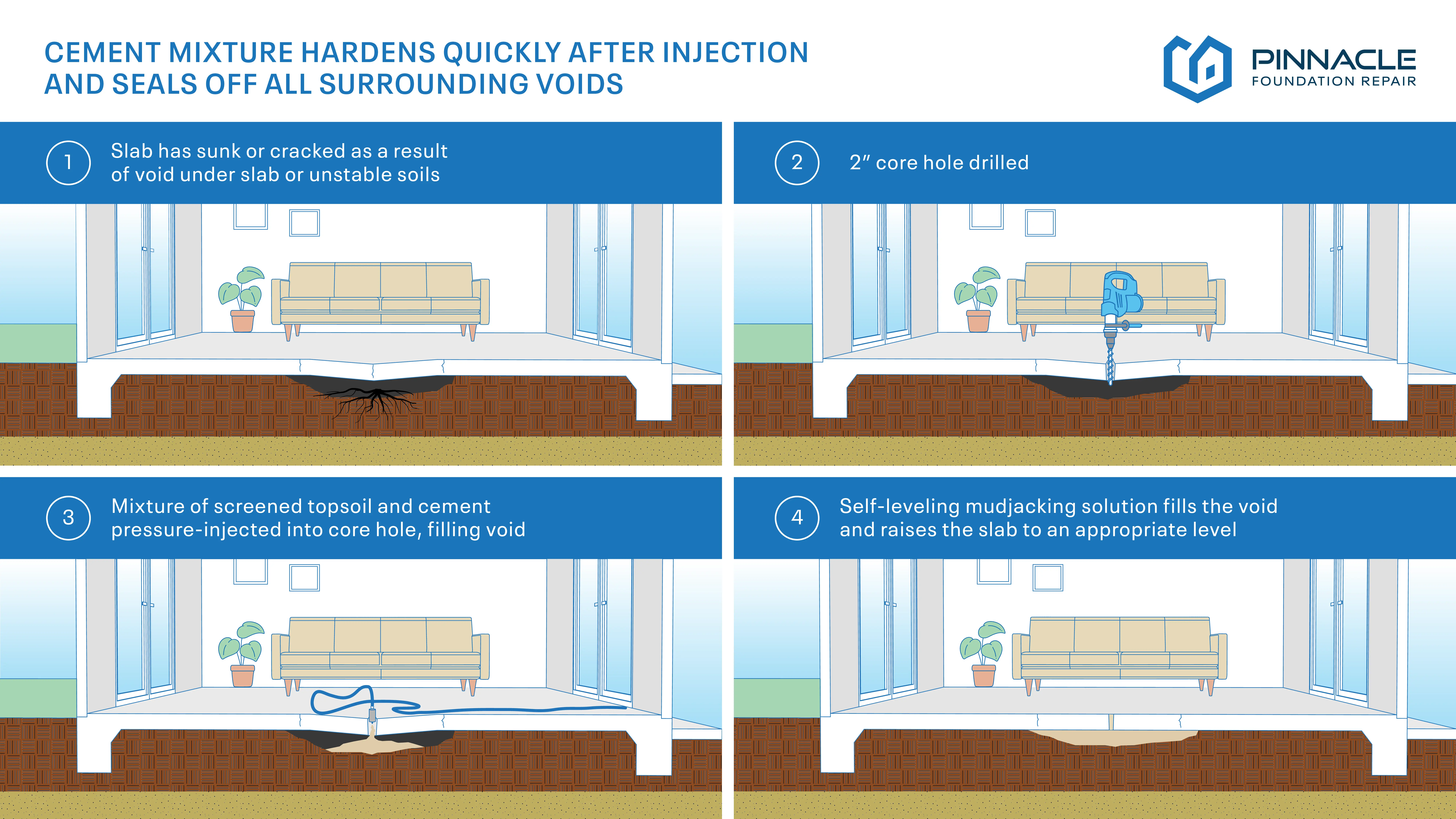
Mud Jacking vs. Other Methods
While mud jacking is a fantastic solution for many cases, it’s not the only option for concrete leveling. Polyurethane foam injection (also known as polyjacking or foam jacking) is an alternative that uses different materials and techniques. Polyjacking uses an expanding polyurethane foam that requires smaller holes and allows for more precision in certain applications.
However, this option tends to be more expensive than mud jacking and may not be as eco-friendly, as it uses synthetic materials. Deciding which method to use depends on your budget, the condition of the concrete, and whether you need high precision for the job. If you’re unsure, give us a call at Pinnacle Foundation Repair and we’ll guide you through the pros and cons of both methods, and help you make the best decision for your property.
Contact Us for a Free Foundation Inspection
Now that you know all about mud jacking and how it can help with uneven concrete, the next step is simple: contact Pinnacle Foundation Repair for a free foundation inspection. If you’re dealing with sinking concrete or any other foundation issues, our team of experts is here to help.
With over three generations of experience and a commitment to radical honesty, we’ll make sure you get the best solution for your home. We’ll let you know if mud jacking is the right solution for your home, and we’ll be there every step of the way to ensure you get the best possible results.
If you’re dealing with sinking concrete, don’t wait until small issues become bigger problems! Schedule a free inspection with our team today. We’ll assess your situation and provide a clear, no-obligation quote. With Pinnacle – you can trust that your home is on solid ground.

